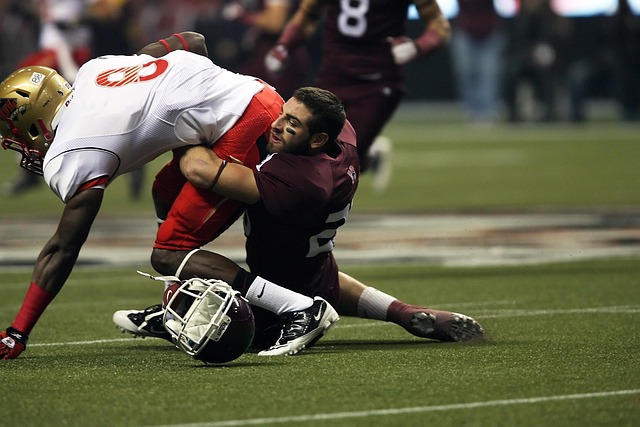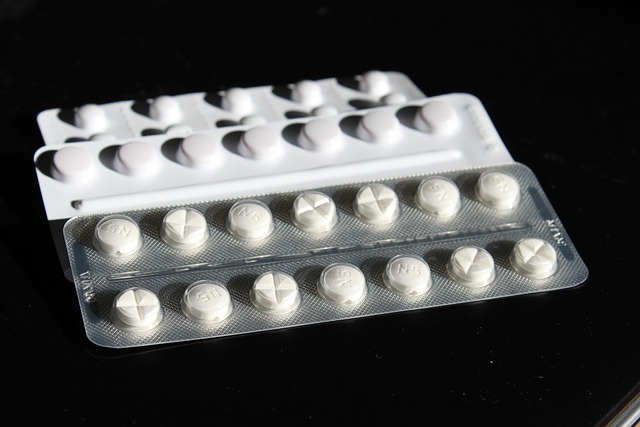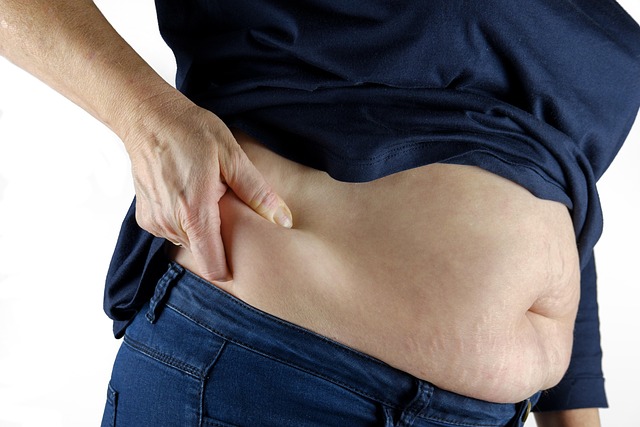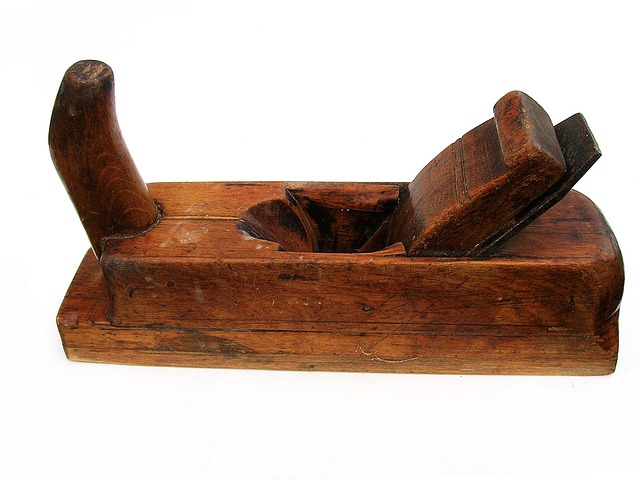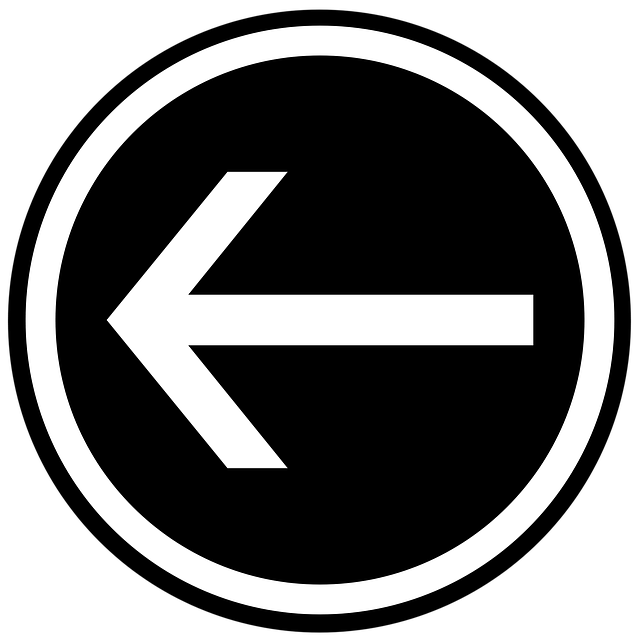Motor vehicle accidents often lead to muscle tightness and spasms, which can become acute or chronic issues. Chiropractic support, including massage and adjustments, offers an effective treatment approach. Chiropractors assess and diagnose musculoskeletal problems, using manual techniques to target trigger points, improve circulation, and restore joint function. This natural healing method provides instant relief from post-accident discomfort, reduces inflammation, and promotes faster recovery by addressing both muscle tension and the body's overall healing process. Chiropractic support for motor vehicle accident-related muscle spasms involves initial assessments, targeted massage, and gentle adjustments to prevent chronic pain and enhance efficient healing.
Chiropractic massage is a powerful tool for managing muscle tightness, especially after a motor vehicle accident. This comprehensive guide delves into understanding the root causes of muscle spasms and pain in post-accident victims. We explore how chiropractic support can effectively relieve these symptoms through targeted techniques. Furthermore, we discuss the benefits of this approach, including improved recovery outcomes, emphasizing the significance of chiropractic massage as a game-changer for those navigating motor vehicle accident-related muscle spasms.
- Understanding Muscle Tightness After a Motor Vehicle Accident
- The Role of Chiropractic Massage in Relieving Spasms and Pain
- Benefits and Recovery Process with Chiropractic Support
Understanding Muscle Tightness After a Motor Vehicle Accident

Muscle tightness and spasms are common symptoms that can arise after a motor vehicle accident. The sudden impact and resulting trauma can lead to injuries in various parts of the body, including the muscles, tendons, and ligaments. Following such an event, it’s not uncommon for individuals to experience acute or chronic muscle tightness, often accompanied by pain and reduced mobility. This condition is a significant concern as it can significantly impair a person’s daily activities and overall quality of life.
Chiropractic support has emerged as a valuable treatment option for those suffering from motor vehicle accident-related muscle spasms. Chiropractors are trained to assess and diagnose musculoskeletal issues, including muscle tightness caused by whiplash or other accident injuries. They employ various techniques, such as manual adjustments and targeted soft tissue therapy, to alleviate muscle tension and promote healing. Chiropractic care aims to restore proper joint function, improve circulation, and reduce nerve irritation, ultimately providing much-needed relief from the discomfort associated with post-accident muscle tightness.
The Role of Chiropractic Massage in Relieving Spasms and Pain

Chiropractic massage is a highly effective approach to addressing muscle tightness, especially after a motor vehicle accident. When muscles experience trauma, they can respond with spasms and pain, leading to significant discomfort for individuals. Chiropractic support techniques focus on relaxing tense muscles, reducing inflammation, and improving circulation in the affected areas.
Through specialized hand techniques and pressure application, chiropractors target trigger points and tight muscle bands, providing immediate relief from spasms. This type of massage is particularly beneficial for accident victims as it helps alleviate chronic pain patterns often associated with whiplash and other injury types. By promoting relaxation and flexibility, chiropractic massage enables the body to recover more efficiently, ensuring faster healing and improved mobility.
Benefits and Recovery Process with Chiropractic Support

Chiropractic massage, when combined with chiropractic support, offers significant benefits for individuals dealing with muscle tightness, especially after a motor vehicle accident. This holistic approach focuses on both the physical manipulation of muscles and connective tissues and the overall healing process. Chiropractic adjustments can help alleviate the root causes of muscle spasms by improving joint mobility and reducing nerve irritation, leading to faster recovery.
The recovery process with chiropractic support involves several steps. Initially, a chiropractor will assess the extent of muscle damage and identify areas of tension. This may include manual examinations and specialized imaging to pinpoint problematic areas. Subsequent treatments involve targeted massage techniques to soothe tight muscles and promote blood flow, combined with gentle adjustments to restore joint function. Regular sessions can help prevent chronic pain and enable the body to heal more efficiently, offering a natural and effective solution for those recovering from motor vehicle accident-related muscle spasms.
Chiropractic massage has established itself as a valuable tool in addressing muscle tightness stemming from motor vehicle accidents. By targeting specific areas of tension and spasms, chiropractic support can significantly alleviate pain and facilitate the recovery process. This holistic approach not only provides relief but also empowers individuals to regain mobility and improve their overall well-being after such traumatic events. For those seeking effective management of accident-related muscle spasms, considering chiropractic care is a prudent step towards a smoother recovery journey.
